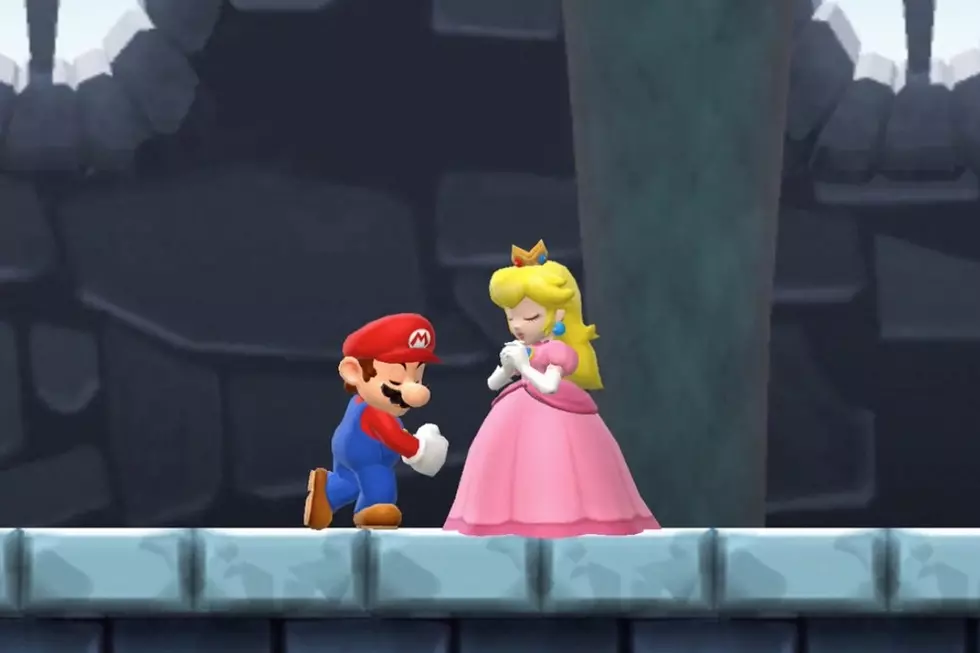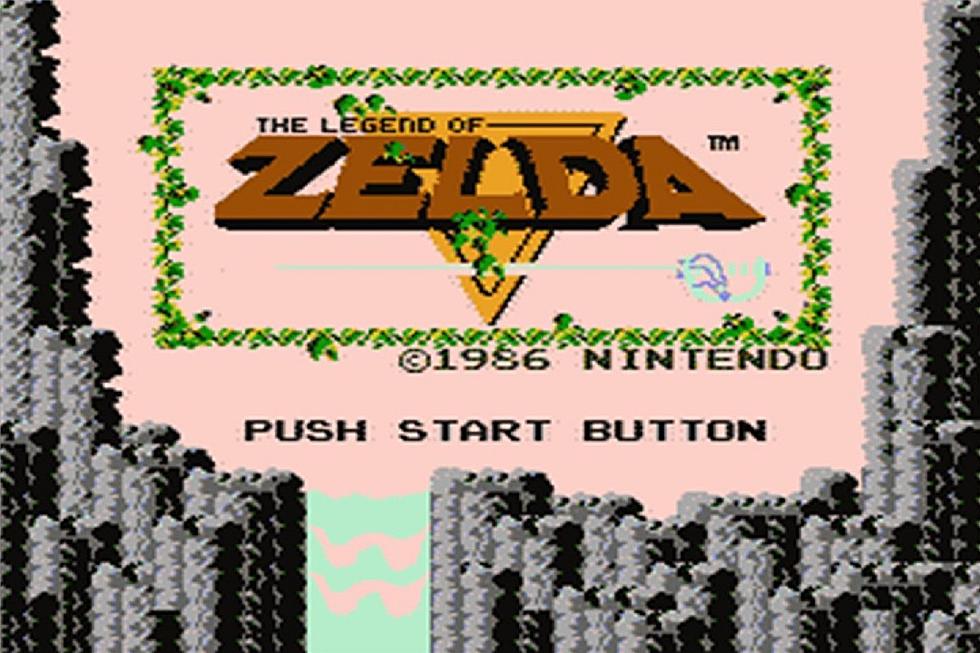
The New Aesthetic and 8-Bit Nostalgia
Start a list of indie games for the coming year and you will find yourself in a sea of pixel art. From straightforward callbacks like Catacomb Kids and Nidhogg to games like Deios or Axiom Verge, which revel in the glitchy nature of old games bringing them on as features instead of mistakes. It’s very easy to dismiss this as simple nostalgia, with some games even banking on that connection to not only pull audiences in, but also to tell part of the story *cough*HotlineMiami*cough*. And you wouldn’t be wrong. Video games are a relatively young medium. The people making games now were the ones playing them back when the only way to tell the difference between a character’s mouth and nose was by slapping a moustache on him (I’m sure there is fan art of clean-shaven Mario out there, but I don’t want to see it. A-thank-yew). It’s natural to assume that in order to tell their story, they’d choose the visual language that got them excited all those years ago. But on a bigger scale, on a cultural level, pixel art has evolved. It is no longer seen as a limited interpretation of the physical world but is self-referential and continually pushing outside the boundaries of the technology it is aping. It has become a form in and of itself, satisfying more than just a wistful longing for a not-so-bygone era and it is this line between the past and future, the digital and the physical that the New Aesthetics movement has been watching.
The New Aesthetic aims to capture and catalog a changing visual language, pointing at the blurring line of digital aesthetics and the physical world. Artist James Bridle started it not as a call to arms like most other artistic movements; there is no manifesto like the Futurists and no appeal to other artists establishing its superiority like the surrealists or cubists. Instead, its purpose is to catalogue and critique, more of a, “Hey, so I’ve been noticing this thing happening,” reaction rather than revolution. Matthew Battles over at Metalab said it best:
New Aesthetic is a collaborative attempt to draw a circle around several species of aesthetic activity—including but not limited to drone photography, ubiquitous surveillance, glitch imagery, Streetview photography, 8-bit net nostalgia. Central to the New Aesthetic is a sense that we’re learning to “wave at machines”—and that perhaps in their glitchy, buzzy, algorithmic ways, they’re beginning to wave back in earnest.
This image of waving at machines is key; a main part of the New Aesthetic movement investigates how humans are learning to recognize and use the language of machines as opposed to machines learning the visual language of humans. It’s that distinction that I find most interesting. Like creating a secret hand wave that only machines can read into. Look at photos of the fully automated Amazon warehouses and you’ll see little pixelated blocks littering the floor. We recognize these forms as QR codes. They mean little to us by themselves, but in the context of use, we know that they hold information. In QR and barcodes we created a visual language for machines that is more streamlined and precise than our own, and we plaster it all over the physical world making the form visually familiar. We see a QR code and we know we need a machine to translate it for us because it can give more data in a smaller amount of space. Letters, numbers, even illustrations that are direct communicators of information are replaced. This relationship between human recognition and data interpretation is what the New Aesthetic is concerned with, and the world of pixel art falls very snugly into its path.
Pixel art was created as a translation. We needed to give machines a visual language to communicate data to users, a means of representing physical objects however limited it was. I remember the simplicity of Link’s wooden sword in Legend of Zelda because as a child that was how I knew to draw a sword--a rectangle with a pointy bit on top and a perpendicular rectangle two-thirds from the bottom. It was a simplified interpretation that did the job. The limitations of the NES’ 8-bit processor reduced everything to this extent, but through a child’s eyes and a small CRT television, it all made sense. Eventually 8-bit gave way to 16-bit, then 32 and 64, until we abandoned pixels and turned to polygons. As technology gets better at interpreting the physical world, past attempts become familiar and quaint. Creating a realistic digital representation of an object is not only possible, it can now be done with easily acquired resources and equipment. In fact, we’ve run into the problem of media making things too realistic, to the point they start hitting the uncanny valley. So while you have AAA studios allocating resources into making that water ripple just right to give you a complete immersive experience, many indie games are approaching immersive experiences in a different light. Instead of surrounding you in realism, why not take that away and explore representation, because realism is expected. Pixel art now is an aesthetic all its own. It’s a visual language, a style direction, a fresh choice where previously it was the only option we had to interpret the physical world.
We go out of our way to make pixelated versions of things now to capitalize on nostalgia, and to shed a new light on how we interpret people and objects in the real world. Pixels picked up new associations of simplicity; they were no longer a necessity, so they became nostalgic. Take for instance the now infamous art installation Pixel Pour by Kelly Goeller, an explosion of pixelated water coming from an unused fountain on the streets of New York City. There’s the initial surprise of seeing a seamless combination of the digital and the physical world, then a kick of nostalgia over the cartoony nature of the “water.” It is at once bizarre and yet incredibly familiar. The idea of nostalgia is inherently attractive, a call back to “better” times, real or imagined, when our current time feels lacking. What’s interesting is that we are nostalgic for a world interpreted through the constraints of a machine, a mainstay of the New Aesthetic. We’ve let go of the idea that pixels are just a stand-in for something in the analog world, and created a visual language that mimics machines as opposed to using machines to mimic reality. With pixel artists like Paul Robertson and the group eBoy, you get the feeling that they aren’t using this medium for its simplicity or chance to fake realism.
There’s a bravado in taking these limitations and pushing it, filling the screen to create worlds that couldn’t exist in the real world or in past digital worlds. It’s not just nostalgia, not just a belief that this blocky way of interpreting the world is the best way; it’s that through a screen, we changed how we engage design. And in this way I think that the pixel art community does more for the New Aesthetic “movement” than drone photography or surveillance porn. It’s the perfect case study of waving at machines and having it wave back because we’ve taken it a step further. We aren’t just using machines as translators, we had a dialogue with technology and came out on the other end convinced that seeing like a machine was pretty damn cool.
More From Arcade Sushi
